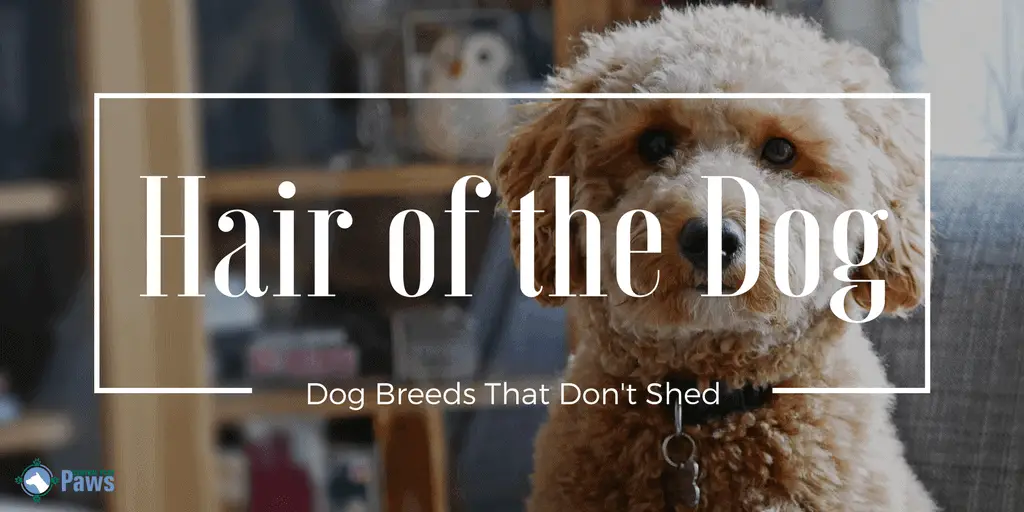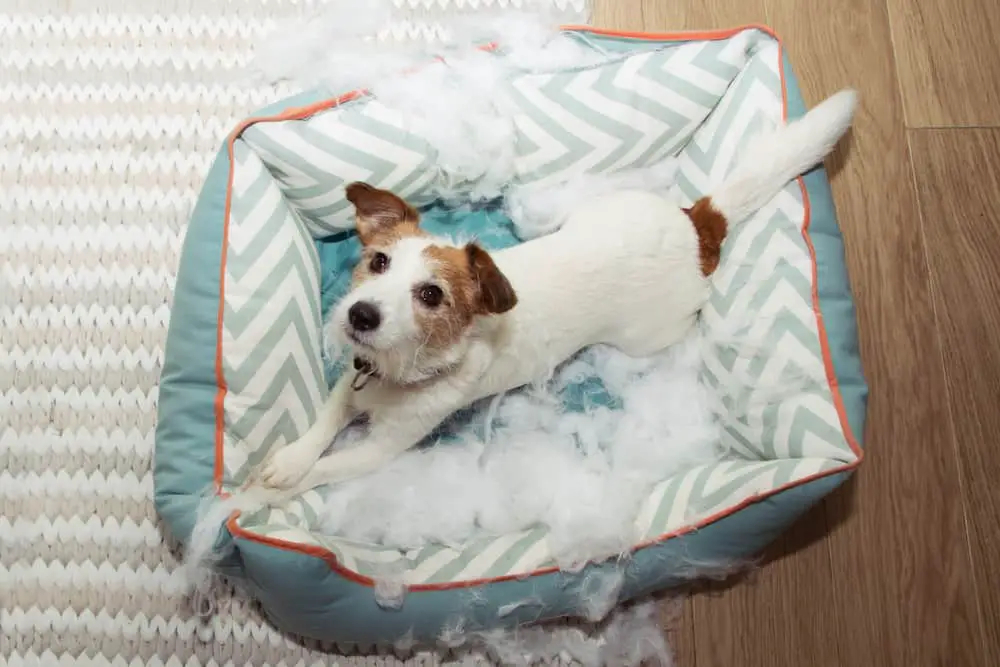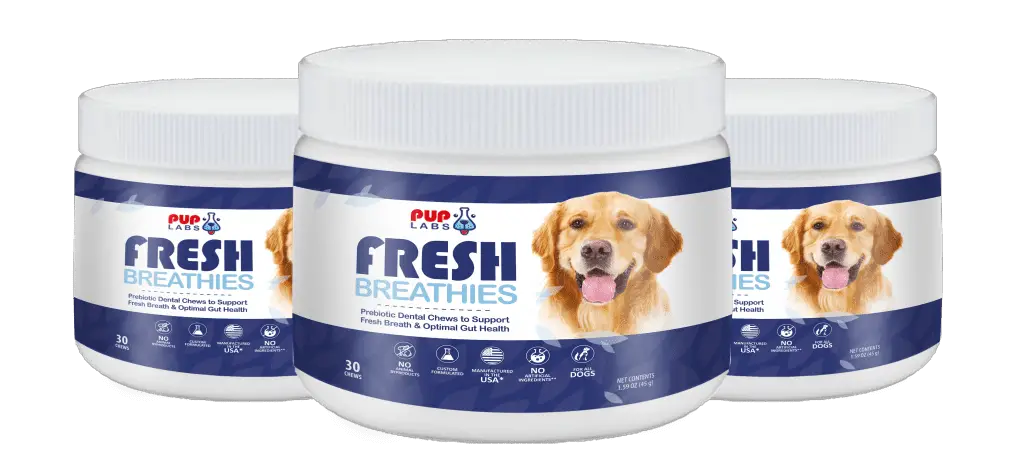They say that relationships are like the old Kenny Roger’s song The Gambler:
You gotta know when to hold ‘em, know when to fold ‘em, know when to walk away – and know when to run.
Such a sentiment would have been laughed at until a couple years ago when I met Hubby … because our happily-ever-after, almost wasn’t.
I think it was sometime just after our engagement that the shoe dropped.
He was allergic to dogs.
I had moved to town a few years earlier, and was looking forward to ditching the apartment in favor of a house with a yard and a dog or two (or ten…).
How could this happen? I was a life-long dog lover – and the love of my life was allergic to them?
What’s a girl to do?
So we took to Google – and his doctor – in search of a compromise.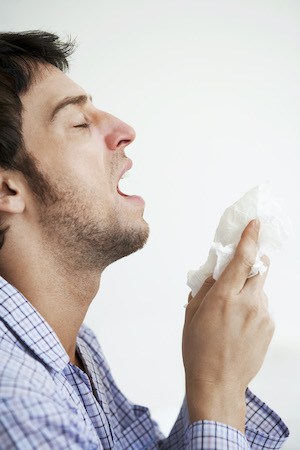
What Causes Pet Allergies?
The most interesting fact we uncovered is that about 10% of the population is allergic to dogs and cats. That’s a lot of Zyrtec™!
The real surprise, though, was that the allergy was primarily to the pet dander, not the animal itself.
So we set out to identify what pet dander actually was – and what we could do about it.
Boy, was that enlightening.
What is Pet Dander?
Basically, pet dander is teeny tiny flakes of dried skin from fur or feathered animals.
It’s microscopic and very lightweight, allowing it to go anywhere and is very difficult to clean with the average monthly dusting of the furniture.
So if you’re allergic to dogs, you’re allergic to birds, cats, mice, guinea pigs, and any other little critter that has fur or feathers.
The Other Cause of Pet Allergies
The other half of the allergy is an enzyme. It can be found in your pet’s saliva and urine.
This enzyme – added to the dander – kicks up the allergy a notch.
The instances of sensitivity to the enzyme alone is very small, but to both is more common.
How to Live with Pet Allergies
There are several ways to reduce the dander of your existing pets and environment, which may go a long way to controlling the allergy and making cohabitation tolerable:
- Consider a whole house air purifier, such as Breathe Fresh’s 5-in-1 (my mother has two and swears by them). A high-end air cleaner will remove irritants and allergens – like pet dander from – while circulating the air.
- Increase routine home maintenance such as dusting, and vacuuming all soft surfaces weekly.
- Shampoo the carpets more frequently (especially if you have fleas).
- Bathe and groom your pooch once a week.
- Avoid letting your dog lick you.
- Consider a hypoallergenic pet.
credit: AAFA
Armed with this information, we were able to make choices that were best for us – which was starting with a “hypoallergenic” dog.
Sniff This: There’s no such thing as a hypoallergenic dog.
The canines that are classified as “hypoallergenic” have hair rather than fur – which lends themselves to eliminating a large slice of the allergy (the dander).
They also tend to have a non-shedding coat, which again will eliminate the exposure to the allergen.
The flip side to this is that these dogs need actual maintenance. Not just an occasional bath or trip to the groomers – actual washing and clipping and trimming.
And just like ladies and little girls (and some guys) the longer the hair, the more maintenance is required.
But don’t think that a hairless dog will get you out of any extra work. Bald skin needs lovin’, too.
If you – like me – find that you can’t live without a four-legged bundle of energy, we’ve helped out with a list of the most common breeds that will help control the allergies.
“Hypoallergenic” Dog Breeds that Don’t Shed
Afghan Hound
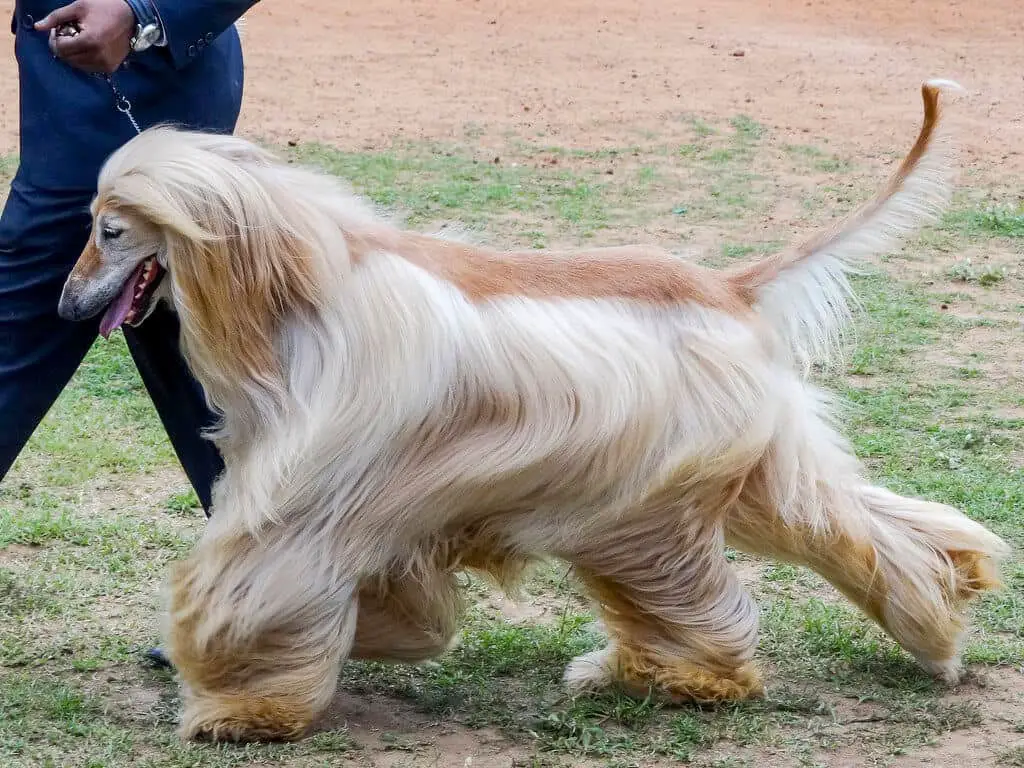
While they flaunt their flowing mane proudly, this large dog breed doesn’t shed. So if you’re into big dogs, the Afghan might be for you.
It’s easy to see why they were bred and kept by royalty, and are the preferred pet of upscale ladies.
- Typical size: Large.
- Typical weight: 60lbs.
- Temperament: The Afghan Hound is a beautiful dog – and knows it. Yet for their aloofness, they are a loyal breed with a sweet disposition.
- Color: Most commonly seen in golds or tans, this breed actually has a wide range of coloring and marking.
- Coat: Very long and flowing.
Thoughts: The most common name for this breed is “Rapunzel” – and for good reason. The extra-long hair requires dedication to maintain, especially since tangling and matting can occur quickly.
American Hairless Terrier
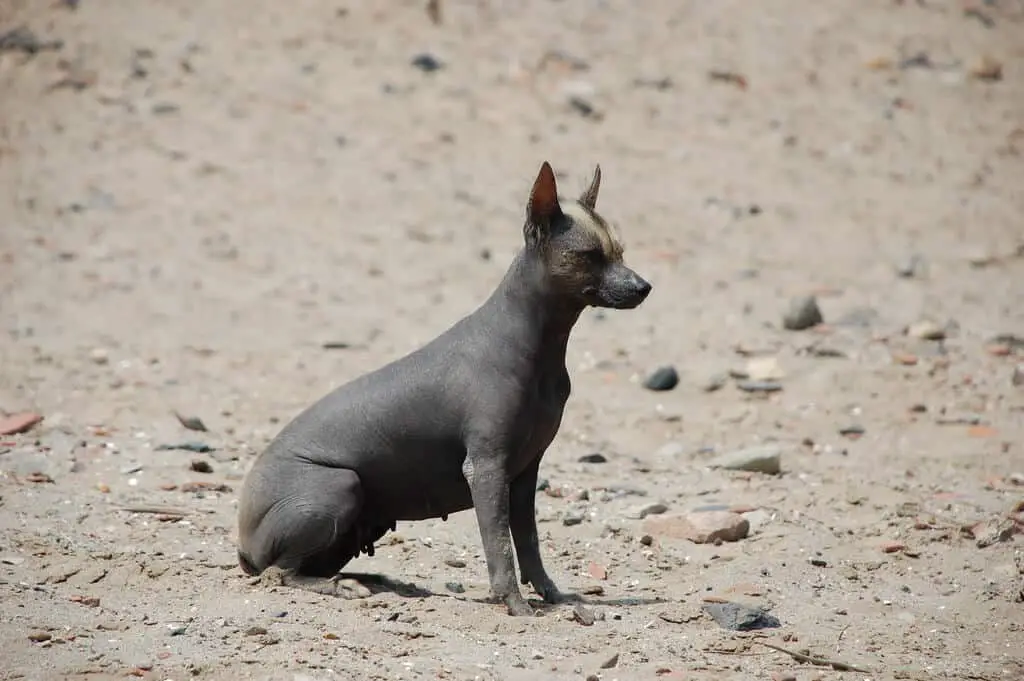
Being hairless means that, by default, these small dogs don’t shed.
The adult may have very fine, short hair. It’s this hairlessness that lends themselves to be considered an appropriate choice for those with allergies.
- Typical size: Medium.
- Typical weight: 25 lbs.
- Temperament: These originated from a breed of working dogs, and have retained their active disposition.
- Color: Varying shades and markings.
- Coat: Hairless, although they may retain a coat of very short, very fine hair.
Thoughts: An active breed that loves adventure, these curious and fearless dogs are a good match for children, and do best with ample space to run.
Bichon Frise
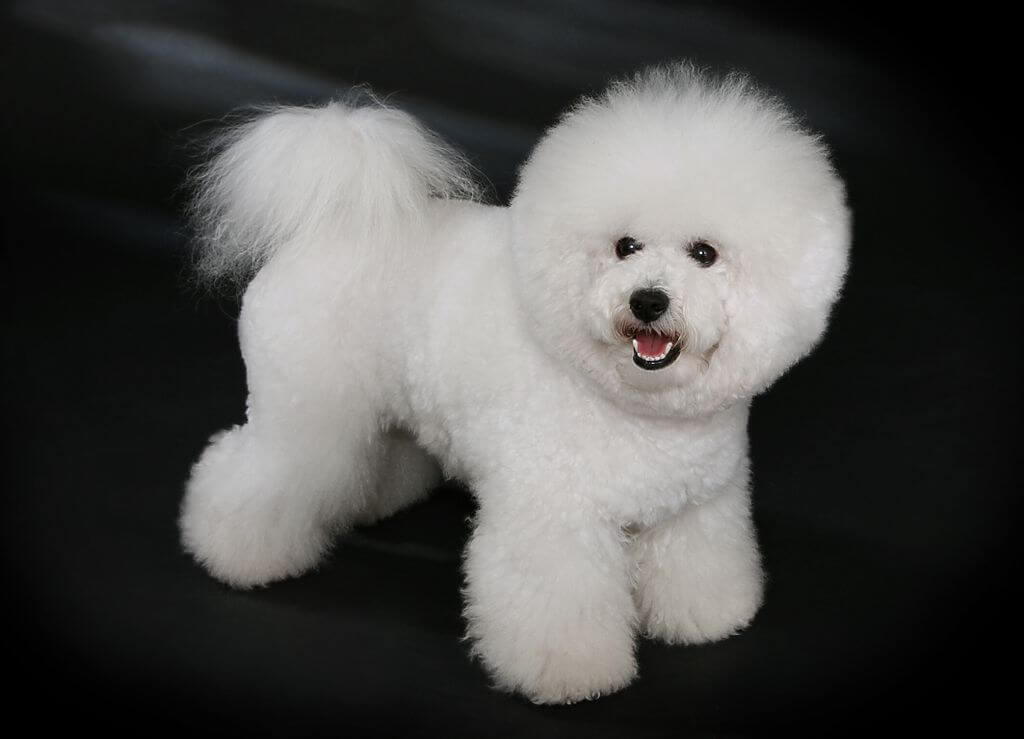
Another small dog that doesn’t shed, the Bichon Frise is a sweet and playful bundle of energy that is full of love and snuggles.
- Typical size: Small.
- Typical weight: 20lbs.
- Temperament: A friendly breed, very affectionate.
- Color: Predominantly white, although they may slightly beige.
- Coat: Long hair that can be clipped and primped.
Thoughts: Their sweet disposition and energetic personality make this breed an excellent choice for a child’s pet.
The adult is less playful and tend to be excellent elder companion dogs, and do well in an apartment setting.
Labradoodle
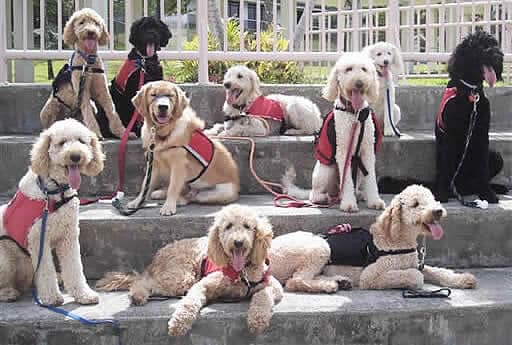
This cross-breed originated in Australia, and has taken the world by storm by taking the best of both dogs; the temperament of a lab and the shedless-ness of a poodle.
- Typical size: Medium to large.
- Typical weight: 25 – 80 lbs.
- Temperament: Feisty, family dogs with an affinity for waterplay.
- Color: Color varies from white to black, usually solid.
- Coat: Medium length hair, can be fairly straight to downright curly.
Thoughts: The wide range in size is due to the parentage – depending on if it is bred with a standard or miniature poodle – so whether you’re looking for a small or large dog that doesn’t shed, a Labradoodle is a good choice.
This highly intelligent breed is an excellent family dog, and requires space to romp on a daily basis.
Maltese
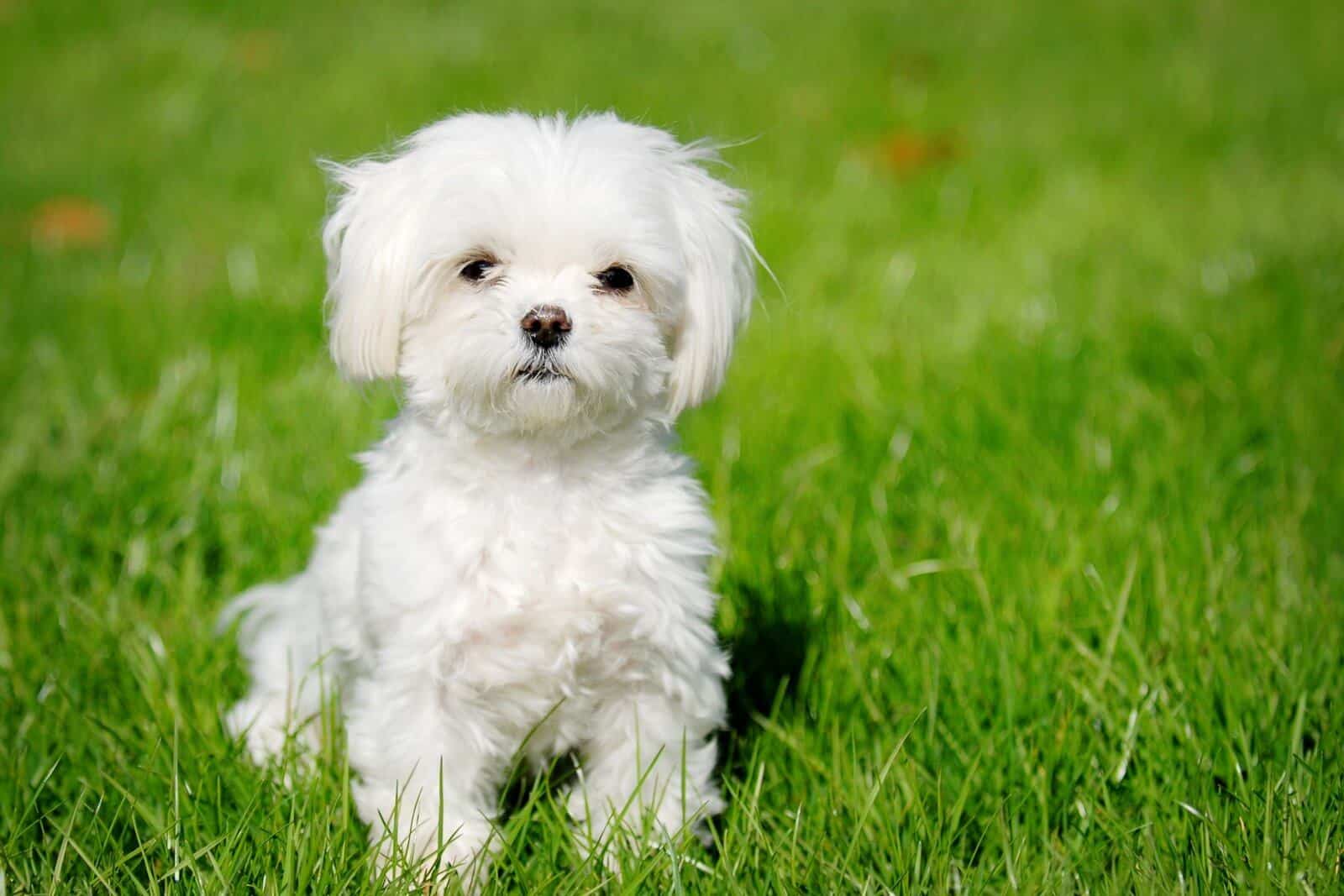
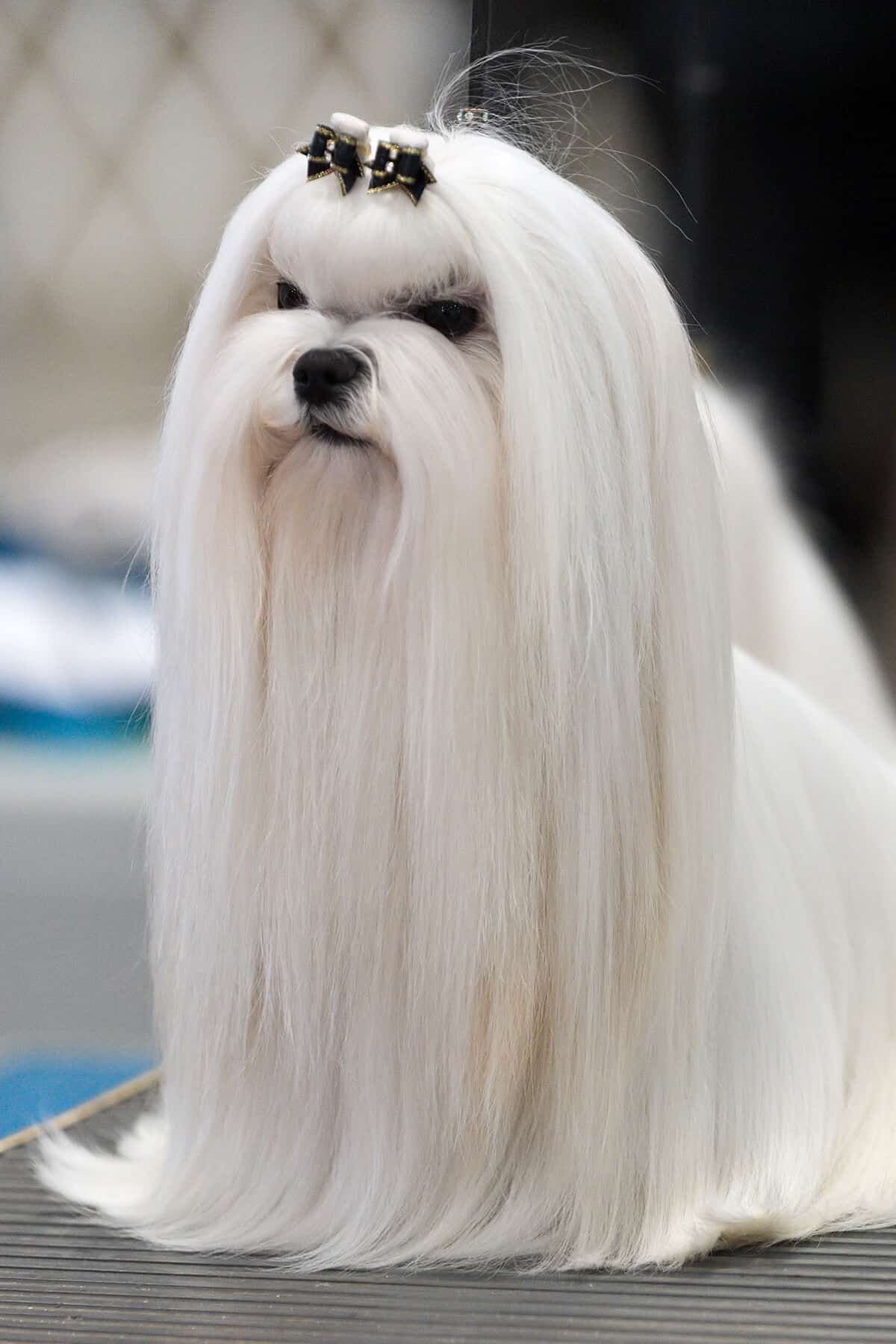
Another of aristocratic origin, this small breed is known for its long, white hair – and it’s boundless energy.
Groomed either naturally long hair, or a shorter trim, it’s not at all unusual to see these small dogs with ribbons and bows, and prancing about like a little princess.
- Typical size: Small.
- Typical weight: 8-14 lbs.
- Temperament: Seeks human companionship. Playful but gentle.
- Color: White.
- Coat: Long, silky hair.
Thoughts: Because of their unusual disposition to allowing primping with ribbons, bows, and other hair accessories, and gently playful demeanor, the Maltese tend to do well with elderly and little girls.
Miniature Schnauzer
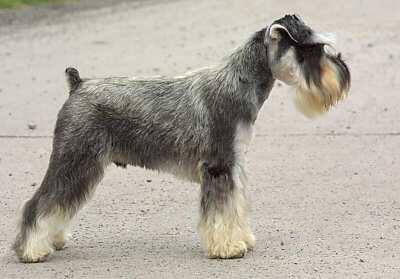
The temperament is similar, and the body proportions are similar – just smaller.
- Typical size: Small.
- Typical weight: 12-18 lbs.
- Temperament: Friendly and very obedient.
- Color: Two-tone; black and white, black and silver.
- Coat: Coarse, wiry hair.
Thoughts: Like other schnauzers, the Miniature Schnauzer has a pleasant temperament, is quick to learn and eager to please, making crate training a breeze. The coat is often rough and bristly.
Poodle
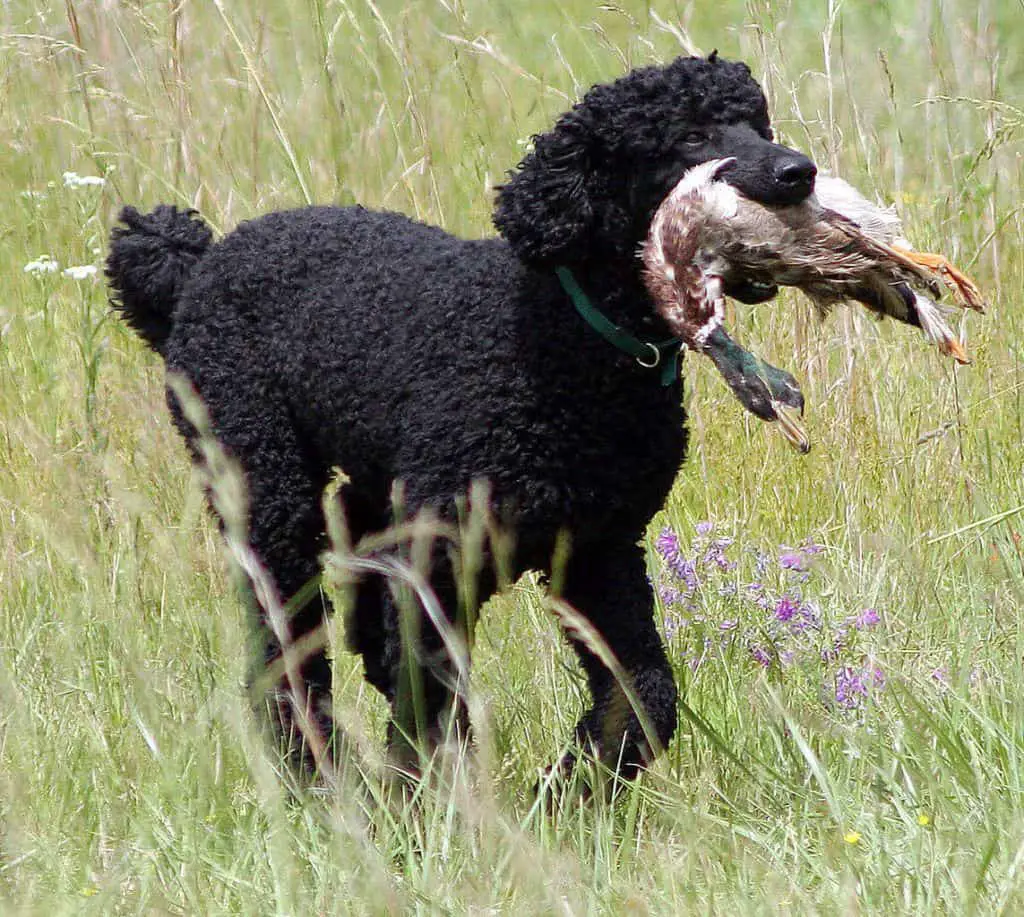
- Typical size: Toy to large.
- Typical weight: 5-60 lbs.
- Temperament: Affectionate, family oriented.
- Color: Varies, but generally solid.
- Coat: Curly and coarse.
Thoughts: The Poodle is the most common canine when considering a hypoallergenic dog. These dogs are highly intelligent and friendly and whether it’s large, medium, or small, they don’t shed.
No matter the size – toy, small, or standard – the poodle appears, according to some, to gain an air of dignity when clipped or shaved.
Portuguese Water Dog
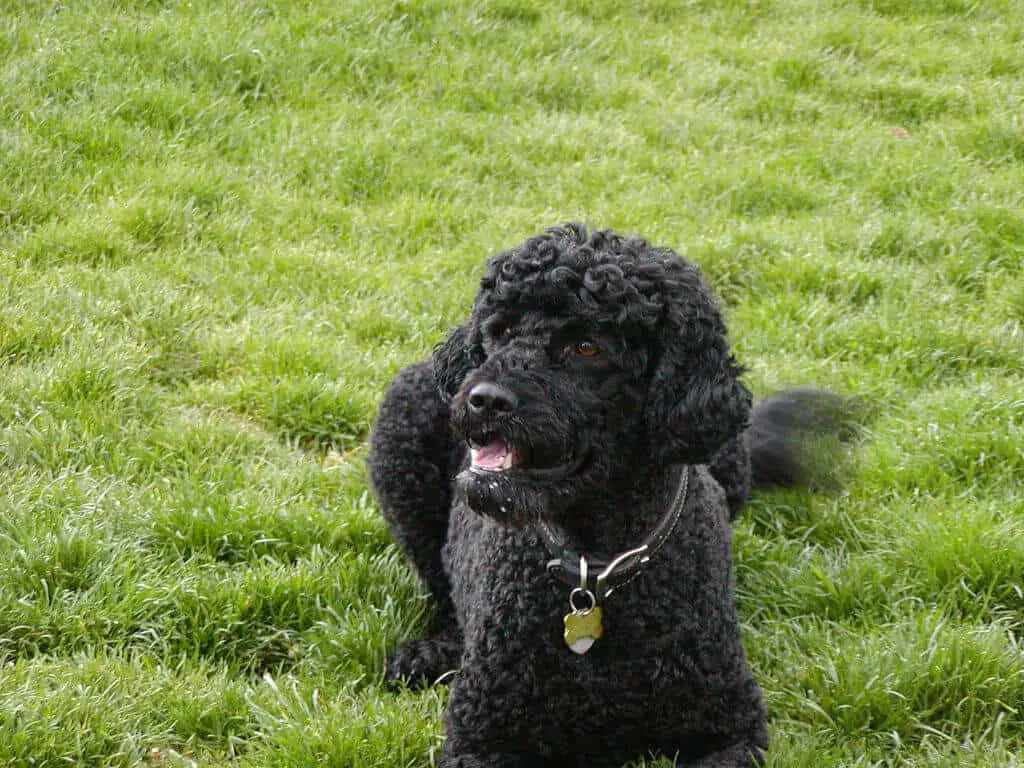
These are truly a working dog, originating in Portugal they retrieved nets, herded schools of fish, and were even trained to carry messages from the sea to land and back again.
Their most unique characteristic is their webbed feet.
- Typical size: Medium to large.
- Typical weight: 35-50 lbs.
- Temperament: Affectionate and kid friendly.
- Color: Black, brown, or two-tone.
- Coat: Wavy or tightly curled.
Thoughts: This highly intelligent canine does best with a yard and activity, and are becoming a newer favorite of duck hunters.
Standard Schnauzer
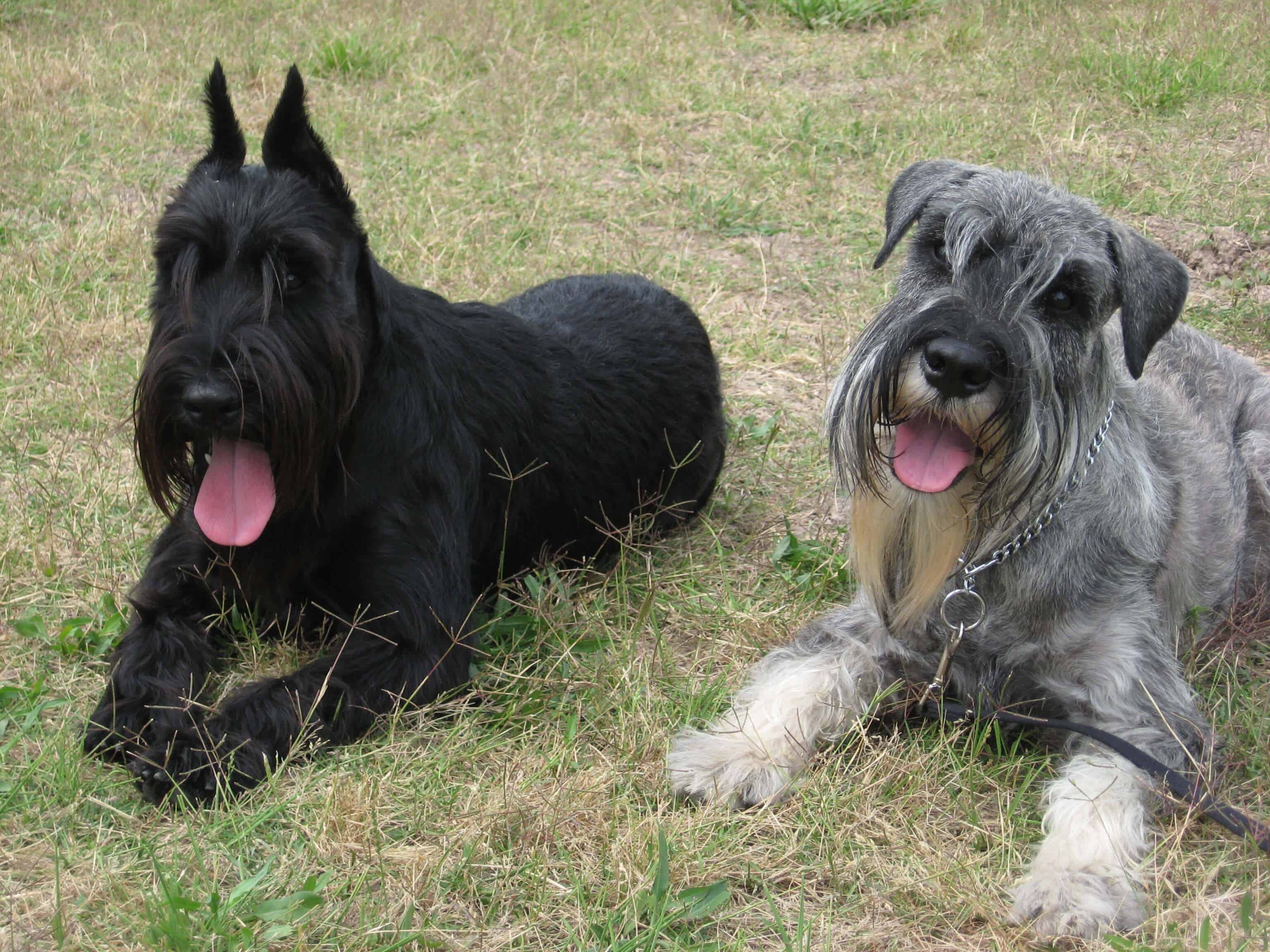
Commonly referred to as “old man dog”, the Schnauzer is easily identifiable by the long eyebrows and moustache – but unlike their nickname these dogs are anything but feeble.
Highly energetic and intelligent, this breed can play from sunup to sunset, but also has excellent self-control for when romping is deemed inappropriate.
- Typical size: Medium.
- Typical weight: 30-40 lbs.
- Temperament: Protective and family centered.
- Color: Black, grey, two-tone
- Coat: Thick and wiry,
Thoughts: The Schnauzer is an intelligent animal that is quick to learn and please. Mastering the basic commands should be a breeze to them.
So besides not shedding, these medium sized dogs can learn some pretty impressive tricks as well.
They do best with consistent human interaction and are excellent family dogs.
Less Popular Breeds to Consider
This is not an exhaustive list of breeds that are referred to as “hypoallergenic” (no canine is truly hypoallergenic!). We wanted to highlight the common breeds available nationwide.
Some of the lesser-common breeds could include:
Sniff This: If you’re thinking of pulling a fast one by saying you’re allergic to dogs because you want to get a cat – be sure your obfuscation will find you out!
Which Non-Shedding Breed is the Best?
Because bringing a new furbaby into your home is a lifelong commitment, rather than a recommendation of one breed over another, here are a few final thoughts …
- With a solid commitment to grooming schedule with daily brushing, and a once-a-day allergy pill, many people who are hypersensitive to dog dander find they can coexist with just about any breed without any undue suffering. Check with your doctor.
- Before bringing a dog – or cat, for that matter – home, make sure to let your kids spend some time around them to ascertain if there are any allergies. Bringing a new member into the family only to have to give it up isn’t fair to anyone, and can be avoided with a little planning and some clever recon.
- When choosing a dog, the choice needs to be mutual. Spend time with the litter and take home the puppy who doesn’t want to leave you. In that fuzzy little jellybean you will find your lifelong companion.
As far as my lifelong companion, we now have several dogs – most of which do not fall into the “hypoallergenic” category – with the aid of a consistent grooming and housekeeping schedule.

